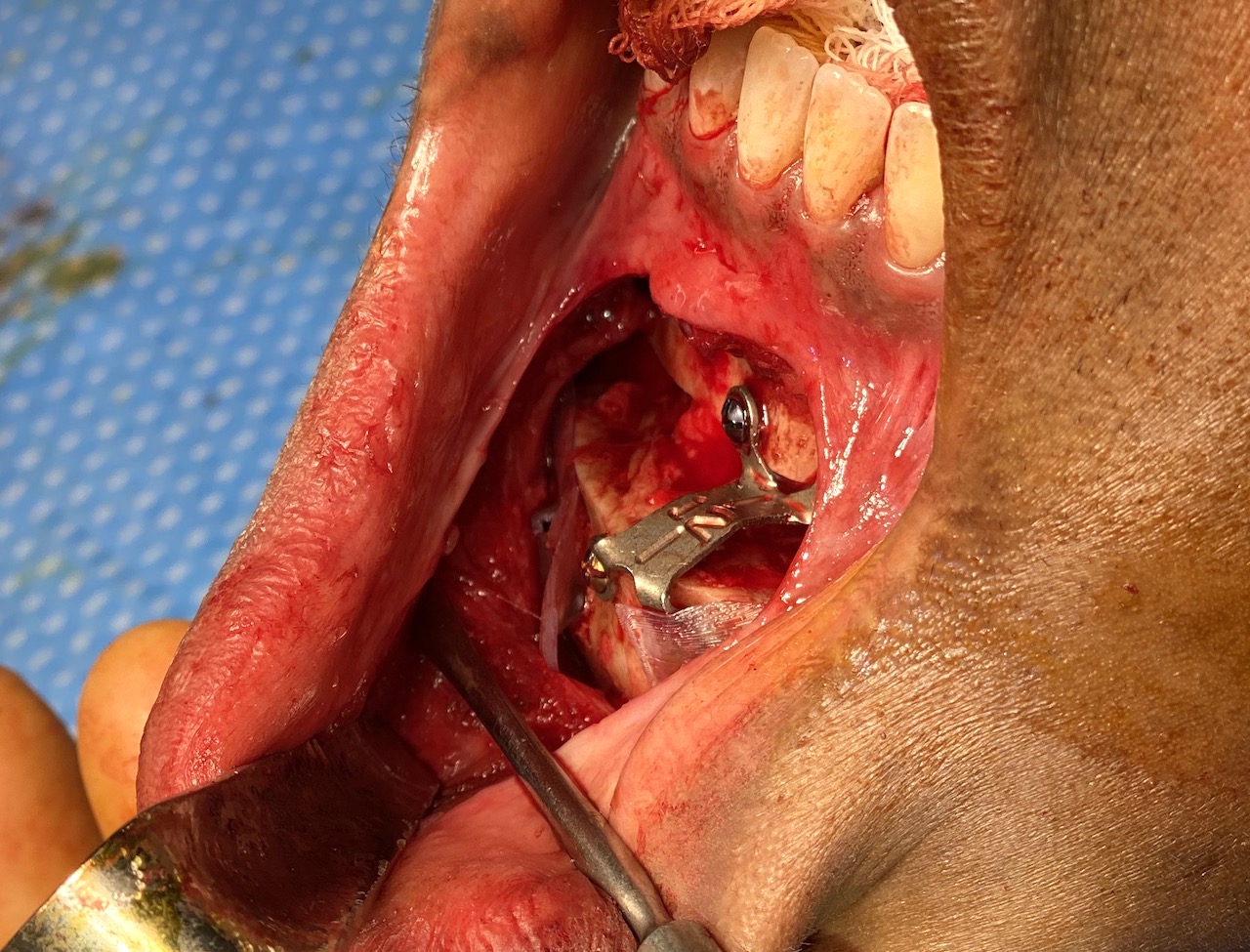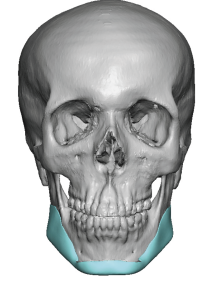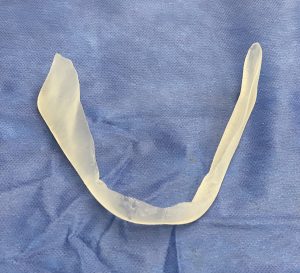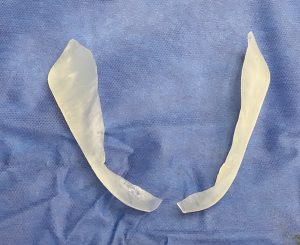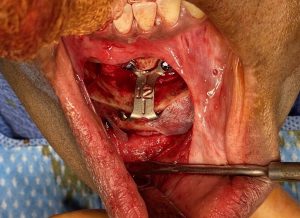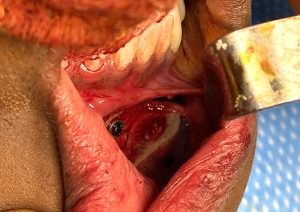Background: When one thinks of improving the shape of the lower jaw it is important to consider what exact dimensional changes are needed at its corners to achieve the desired effect. What are the 3D changes that are needed at the chin and jaw angles? Once this is known then the correct surgery can be applied that has the best chance to achieve the overall desired jaw shape change.
This is no better illustrated that in the patient who presents for aesthetic jaw augmentation with a steep mandibular plane angle. By definition a steep mandibular plane angle means that the L shape of the jaw is under rotated by virtue of the lack of ramus development. (the vertical limb of the L) This results in visibly high jaw angles and a chin is horizontally short. In some cases with good development of the body of the mandible (the horizontal limb of the L) the chin projection is inadequate but the chin is vertically long. (not because it really developed with too much height but because the jaw is angled downward) This is also why the face looks vertically long and narrow.
In treating this type of steep mandibular angle jaw shape the key dimensional changes are to bring the chin forward as well as shortening it and lowering the jaw angles and widening them as well. To do so requires a combination of bone movement and implant augmentation.
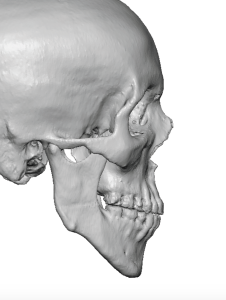
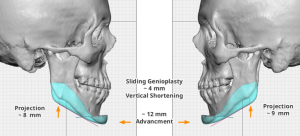
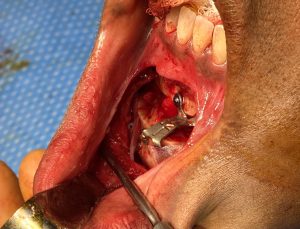
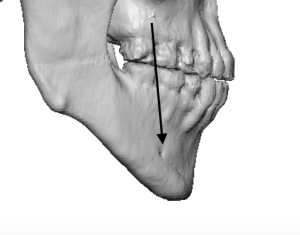
Case Highlights:
1) The steep mandibular plane angle lower facial patients has a short but long chin and high and narrow jaw angles.
2) Derotating the steep mandibular angle through chin advancement and shortening with lengthening the jaw angles is the key to a successful jaw augmentation which shortens the long face.
3) A custom jawline implant alone is not adequate due to the need for considerable horizontal advancement and vertical SHORTENING of the chin. Only a sliding genioplasty can make this dimensional change.
Dr. Barry Eppley
World Renowned Plastic Surgeon

